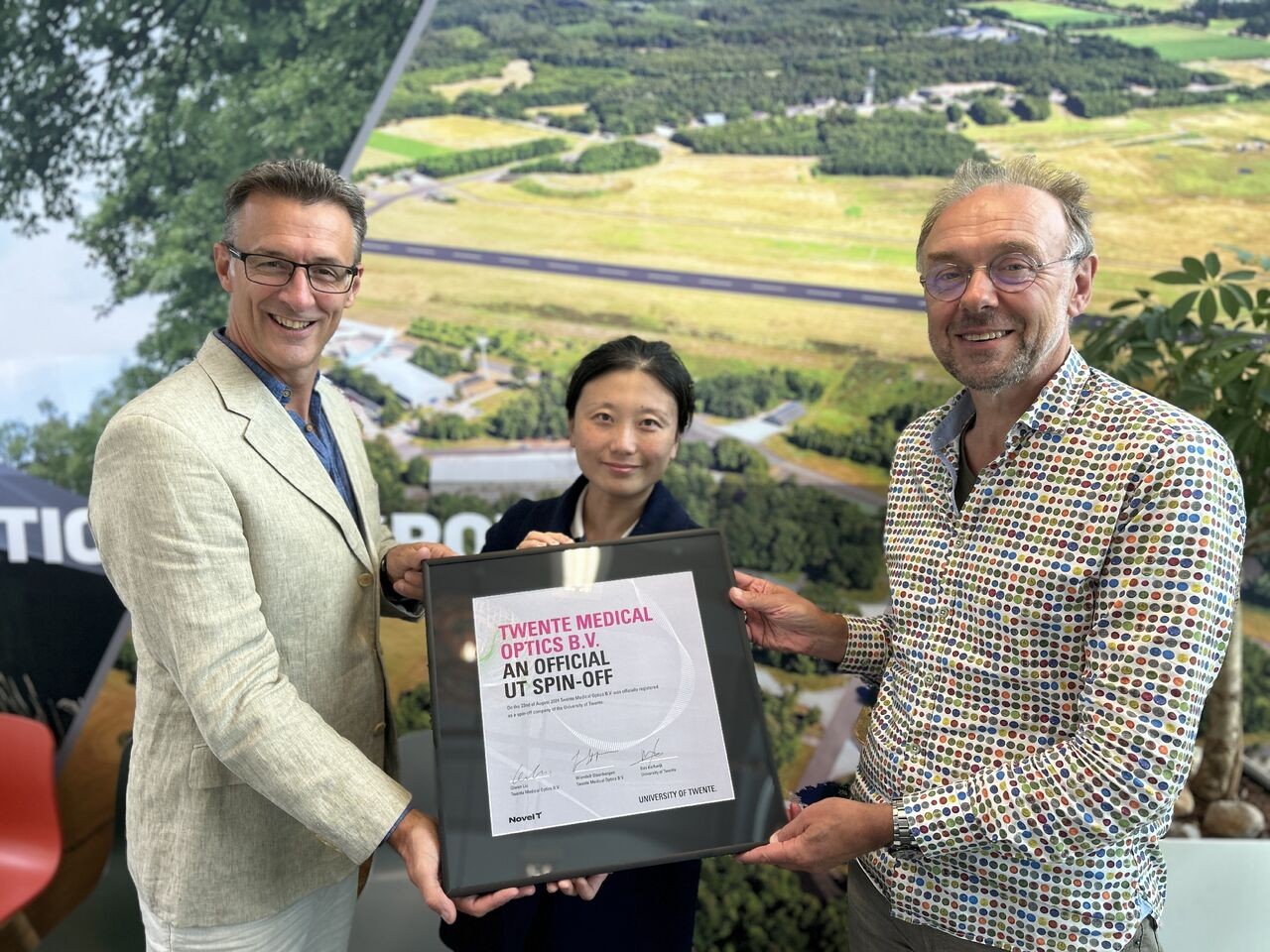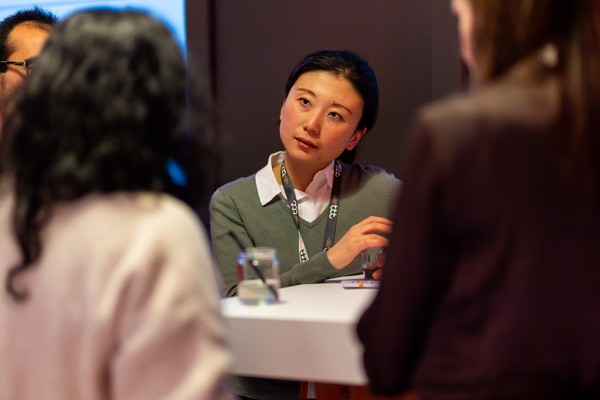cases >> Twente Medical Optics
HANDHELD DEVICE FOR DIAGNOSING BLOOD FLOW

HANDHELD DEVICE FOR DIAGNOSING BLOOD FLOW
When performing certain surgeries, such as skin transplantations, it’s essential to monitor blood flow. Sufficient blood flow indicates whether or not the skin is alive. Surgeons currently determine this blood flow by a green dye injection and visual examination with the naked eye. To make this process more accurate and effective, UT spin-off Twente Medical Optics developed a handheld device to measure the blood flow during and after surgery. CEO Kiki Liu shares the story of their innovation.
Currently, surgeons face several obstacles when diagnosing blood flow. “The solutions are limited,” explains Kiki. “Option one is that they use bulky and inflexible devices that are difficult to use and are sometimes even too big to bring into the medical room. The second option is to inject a green dye into the blood vessel and observe whether the green color flows through. The downside of this method is that injections always bring certain risks. Besides, the result is temporary, and injections cause waste.” The solution to this problem needed to be accurate and easy to use. That’s where the idea for a handheld device started.
Accuracy in a handheld device
Together with co-founder Wiendelt Steenbergen and their team, Kiki started working on their solution using laser technology. “Lasers are very accurate, but they have one major drawback,” says Kiki. “They’re susceptible to motion, which is a struggle regarding a handheld device. The hand's natural movement - even if you try to hold it very still - will decrease the accuracy of the diagnosis and the quality of the image. In the past seven or eight years, we developed hardware and software that work together to solve the motion sensitivity problem. Now, our patented device is ready for the market. It’s called the HAPI, which stands for handheld laser perfusion imager. You can compare it to the mobile phone, which was much smaller and easier to use than the landline phone. Our device is like the mobile phone for the diagnostic sector.”
Own specialties
Innovations like the HAPI are needed to make healthcare more efficient and affordable. Yet, they take a lot of time and money to come to fruition. Kiki: “We got a lot of support from Novel-T in founding our spin-off company. Many people helped us with their specialties, from general business support and marketing to financial forecasting and patenting. That also helped us get funding from TTT MedTech and the TOP loan, for example. The support gives us a lot of opportunities that we wouldn’t otherwise have gotten. It really helps us in our mission to provide better clinical outcomes in the future.”
Preventing is better than curing
Twente Medical Optics is now making strides towards significantly impacting health care. “I want to reach as many users as possible,” says Kiki. “Eventually, we want to expand our footprint to different geographical markets and expand our range of solutions. But first, we want to introduce the HAPI for different applications. Aside from skin transplantations - think of a breast reconstruction when someone has had their breast amputated due to cancer - it could also help in treating burns or diabetic foot. It gives a better clinical outcome, and it decreases costs for the healthcare system by avoiding unnecessary surgeries. After all, it’s better to prevent than to cure.

"Our device is like the mobile phone for the diagnostic sector."
Kiki Liu
CEO Twente Medical OpticsMore about
Twente Medical Optics
UT spin-off Twente Medical Optics developed a handheld device to measure the blood flow during and after surgery. Their proprietary handheld laser perfusion imager will replace the existing bulky devices, and provide the surgeons a much more handy, flexible and swift alternative solution for their skin-level perfusion diagnosis work.






